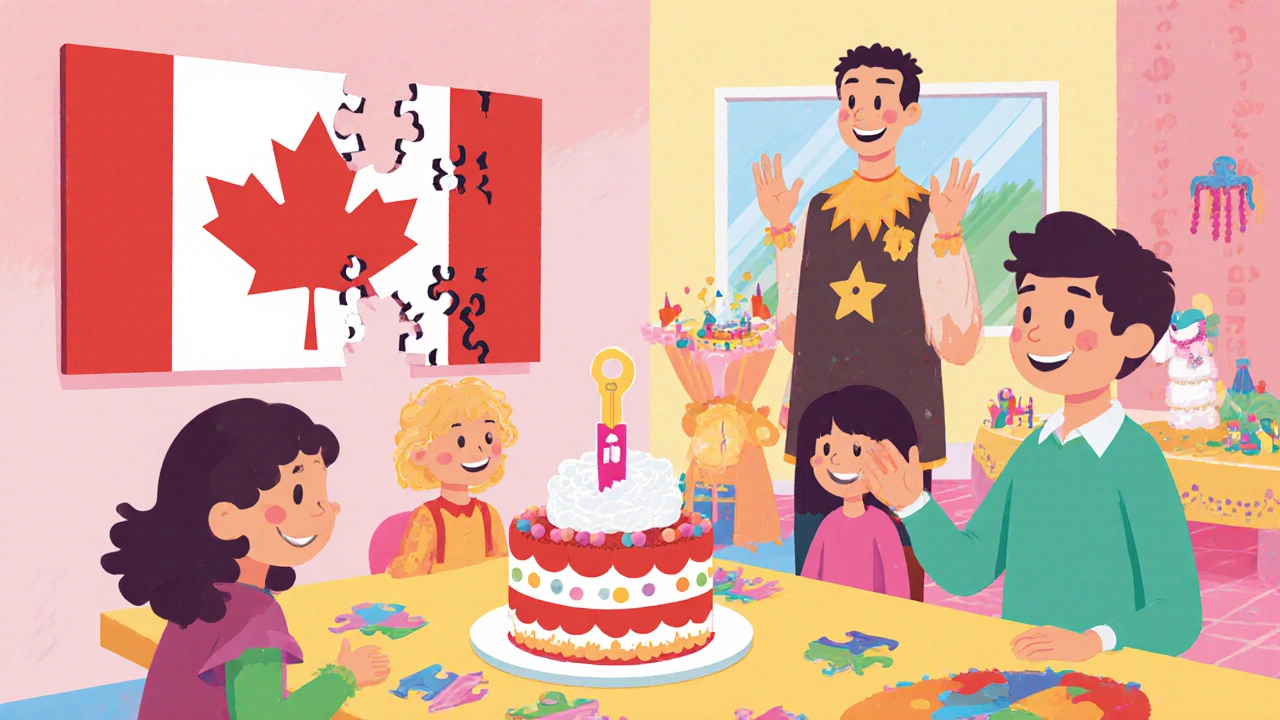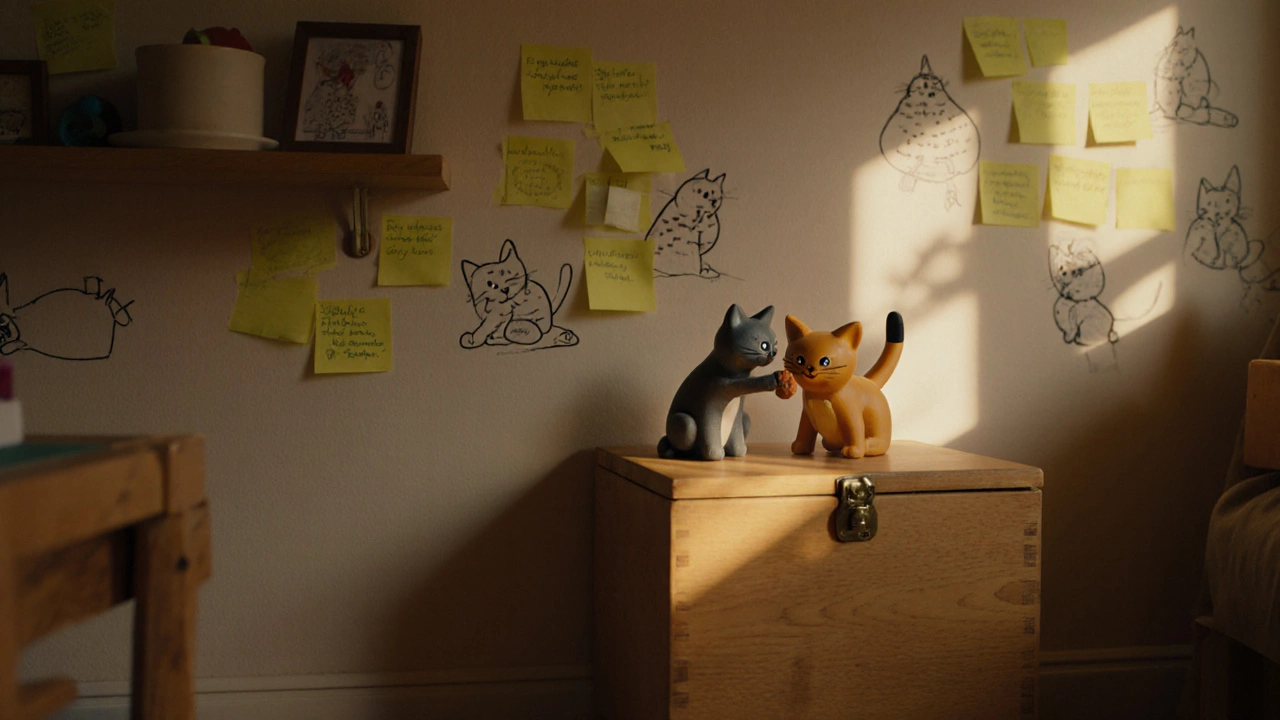What makes an escape room easy?
Not all escape rooms are created equal. Some are designed to break your brain with complex puzzles, hidden symbols, and timed pressure. Others? They’re built so anyone - even a 7-year-old or someone who’s never played before - can walk in, have fun, and walk out feeling like a hero. The easiest escape rooms remove the stress. They use clear clues, logical steps, and avoid cryptic riddles. You don’t need to be a detective. You just need to look around, talk to your team, and pay attention to what’s right in front of you.
Look for rooms with these traits: a small number of puzzles (3-6), physical objects you can touch and move, no need for outside knowledge (like foreign languages or obscure history), and a helpful game master who gives gentle hints if you’re stuck. The best beginner rooms feel like solving a puzzle box your grandparent left you - satisfying, not confusing.
Top 3 easiest escape rooms worldwide (2025)
Based on thousands of player reviews and operator feedback from North America, Europe, and Australia, these three escape rooms consistently rank as the easiest - and most enjoyable - for first-timers.
- The Lost Key (Melbourne, Australia) - This room is set in a cozy 1950s-style kitchen. You’re looking for a missing family heirloom. Clues are written on recipe cards, hidden in spice jars, and behind picture frames. No locks require codes. Everything you need is visible. Most teams finish in 35-45 minutes. Kids love it because they can open drawers and find candy hidden inside.
- Happy Birthday, Bob! (Toronto, Canada) - A lighthearted room where you’re helping a forgetful uncle find his birthday gifts. Puzzles involve matching colors, assembling a jigsaw puzzle on the wall, and finding a key inside a cake (yes, real cake). The game master gives verbal hints if you’re stuck for more than 5 minutes. Over 90% of teams escape within the hour.
- Mr. Whiskers’ Treasure (London, UK) - Designed for families with children under 12. The theme is a cat who hid his favorite toy. Clues are drawn as simple cartoons on sticky notes. One puzzle requires you to feed a toy cat the right snack to make it move. No math, no codes, no riddles. Just pure, silly fun.
These rooms don’t rely on gimmicks. They rely on clarity. If you’re new to escape rooms, start here. You’ll learn how the game works without frustration.
Why these rooms work for families and beginners
Most escape rooms assume you’re a puzzle expert. These don’t. They’re built with real people in mind: parents with tired kids, grandparents visiting, shy teens, or someone who just wants to laugh with friends.
In The Lost Key, the hardest puzzle is finding a key taped under a cookie jar. That’s it. No hidden compartments. No UV lights. No Morse code. You don’t need to remember a date from 1892. You just need to open the jar. In Happy Birthday, Bob!, the final lock opens with a combination you write on a birthday card - you literally write the numbers as you find them. It’s intuitive.
These rooms also avoid lock-in traps. Some escape rooms lock you in a dark room with no exit until you solve everything. That’s scary for kids and anxiety-inducing for adults. The easiest rooms have a button you can press anytime to open the door. No pressure. No panic. Just play.

What to avoid as a beginner
Not every room labeled "family-friendly" actually is. Watch out for these red flags:
- Hidden symbols or ciphers - If you need to know the periodic table or Roman numerals to solve one clue, skip it.
- Dark rooms or jump scares - Even if it’s called "spooky fun," avoid anything with sudden noises or actors jumping out. That’s horror, not escape.
- Too many locks - Rooms with more than 8 locks usually mean too many puzzles. Aim for 3-6 total.
- No hint system - If the website says "no hints allowed," run. Everyone gets stuck. Good rooms give you one or two free hints.
- Complex math or logic puzzles - If you see a Sudoku grid, binary code, or a balance scale puzzle, pick another room.
Stick to rooms that use everyday objects: books, drawers, paintings, clocks, keys, and boxes. If you’ve ever opened a junk drawer at home, you already have the skills.
How to pick the right room near you
Don’t just Google "easiest escape room." Use these filters:
- Look for keywords: "beginner," "family," "no scares," "kids welcome," "low difficulty."
- Read reviews - filter for "first time" or "with kids." Look for comments like "my 8-year-old solved it" or "we didn’t need a single hint."
- Check the duration - easiest rooms usually last 45-60 minutes. Longer rooms are usually harder.
- Call the venue. Ask: "Is this room good for someone who’s never done an escape room before?" If they say yes and explain why, that’s a good sign.
- Avoid themed rooms with heavy stories - the simpler the plot, the easier the puzzles.
Most escape room companies now tag their rooms with difficulty levels. Look for "Level 1" or "Beginner Friendly" on their website. That’s your best bet.

What happens if you don’t escape?
Here’s the truth: in the easiest rooms, you almost always escape. But even if you don’t, it’s not a failure. The goal isn’t to win - it’s to enjoy. Most beginner rooms are designed so you leave with a smile, even if you needed hints. You’ll still have laughed, solved a few things, and felt the thrill of teamwork.
And if you do escape? That’s the best feeling. You didn’t need to be smart. You just needed to be curious.
Why easy escape rooms are the future
Escape rooms used to be about challenge. Now, they’re about connection. The most popular rooms aren’t the ones with the most complex locks - they’re the ones where families laugh together, where shy kids get to lead, where grandparents feel included. Easy doesn’t mean boring. It means accessible. And that’s what makes a great experience.
Start with the easiest. Get your feet wet. Then, if you want more, move on to harder ones. But don’t let a tough room scare you off. The best escape rooms aren’t the ones that stump you - they’re the ones that make you want to come back.
Can kids under 10 do escape rooms?
Yes - but only in rooms designed for them. Look for terms like "family-friendly," "kids welcome," or "no puzzles requiring reading." Rooms like Mr. Whiskers’ Treasure in London or The Lost Key in Melbourne are perfect for children as young as 6. Always check age limits before booking - some venues require kids to be 8 or older even in easy rooms.
Do I need to be physically fit to do an escape room?
No. The easiest escape rooms involve sitting, standing, and reaching - nothing more. You won’t crawl through tunnels, climb ladders, or run around. Most puzzles are solved at tables or on shelves within arm’s reach. If you can open a door and pick up a book, you’re good to go.
Are there escape rooms with no locks at all?
Yes - and they’re becoming more common. Some rooms use magnetic panels, sliding walls, or color-matching systems instead of traditional locks. The focus is on solving the story, not cracking codes. The Lost Key in Melbourne uses a simple latch on a wooden box - no keyhole, no combination. Just pull it open.
How much do easy escape rooms cost?
Prices vary by city, but beginner rooms typically cost between $25 and $35 per person. In Melbourne, most easy rooms are $30. Some places offer family packages - like $90 for up to four people. Always check if the price includes a photo after you escape - many beginner rooms give you one free souvenir photo.
What if I’m scared of being locked in?
Ask ahead - most beginner-friendly rooms have an exit button you can press anytime. You’re not truly locked in. Even if they don’t advertise it, call the venue and ask: "Can we leave at any time if we need to?" If they say no, pick another room. Your comfort matters more than the challenge.
Next steps: How to plan your first escape room
Ready to try one? Here’s your simple checklist:
- Choose a room labeled "beginner," "family," or "low difficulty."
- Book for 2-4 people - too many people make it harder to see clues.
- Arrive 10 minutes early. Listen to the rules - they’ll tell you how hints work.
- Don’t overthink. If something looks important, touch it.
- Speak up. Say what you see. Someone else might connect the dots.
- Laugh. Even if you get stuck, it’s supposed to be fun.
After your first easy room, you’ll understand why escape rooms aren’t about being smart - they’re about being together. And that’s the easiest thing of all.

